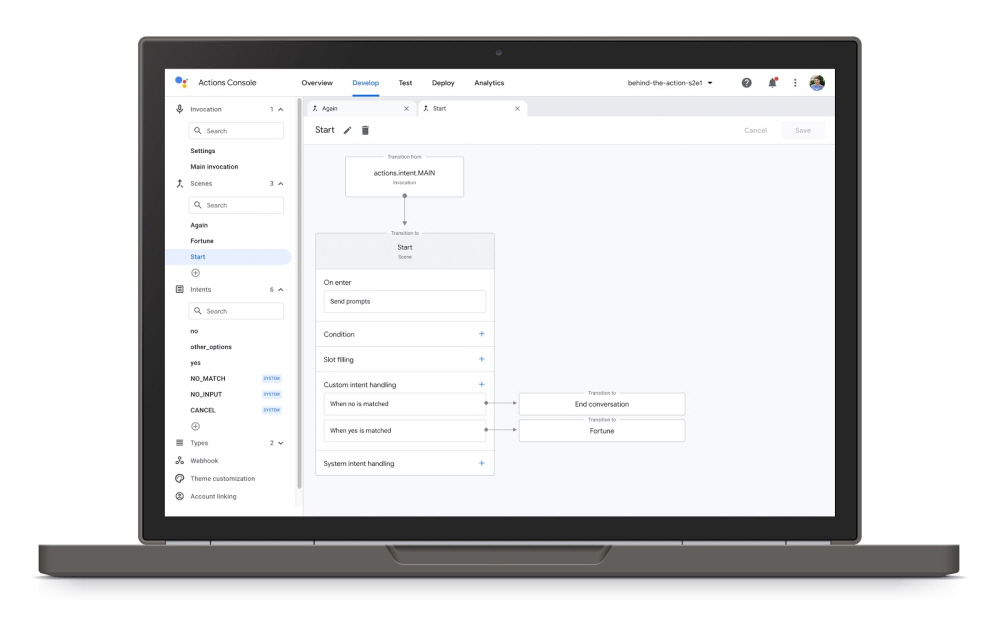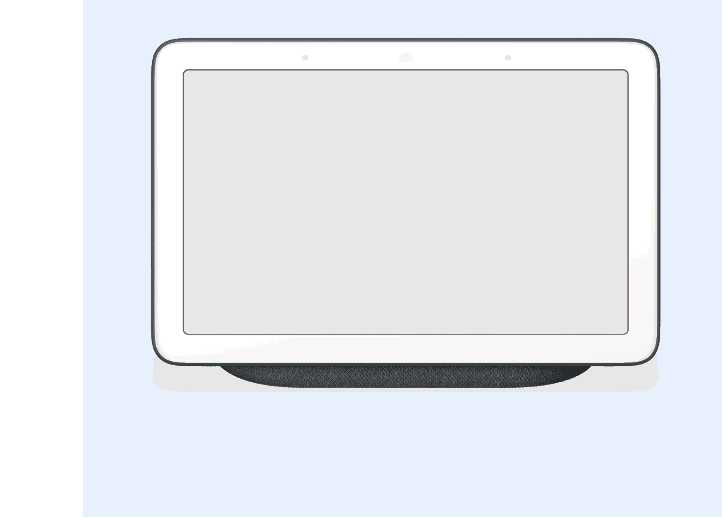
Google announced that it has improved the Google Assistant core platform and development tools at the Voice Global online conference held on June 17 (local time).
Google Assistant supports over 30 languages and is an AI assistant used by more than 500 million people every month. Google explains that Google Assistant’s success is due to the simple insight that a growth-focused person wants to get what they need in a natural way. He says he has been investing heavily to be able to use technology in a natural way for a person named Voice.
As part of this effort, Google announced improvements to its core platform and development tools. Until now, to create Google secondary actions, you had to use both the action console, a developer platform, and Dialogflow, a developer tool for natural language processing.
However, based on the idea of having only one integrated platform, Google has released Actions Builder, a web-based integrated development environment that allows you to view the entire conversation flow through a graphical interface. ActionBuilder manages natural language understanding (NLU) training data and provides advanced debugging tools to perform all of the work build debug test data analysis.
Google has also released Actions SDK (Actions SDK), which allows you to view actions on a file basis or use them in a local environment in response to the demand to work in their own development environment. Action SDK not only enables local creation of NLU and conversation schema, but also improves conversation quality by importing and exporting learning data at once. It also includes a command line interface to build and manage your favorite source management tools and continuous integration tool work.
In addition to Action Builder and Action SDK, we also announced a new dialog model and runtime engine improvements. According to Google, this simplifies the design and construction of the conversation model, allowing users to get faster and more accurate responses.

Google also revealed that one of the interesting things about smart speakers and smart displays is that they can be linked. To this end, it has announced home storage that utilizes the common storage function between connected devices. How to use home storage, for example, can store puzzle game records separately in home storage and record progress individually for each gamer. In addition, the Media API has been updated to enable video history in addition to media session support. The user can start playing the video at a specific moment and play the video where the previous session was stopped.
Google plans to release a number of Google Assistant updates in the coming months. It is explained that it will provide a more fluid environment, such as the ability to register predefined words or phrases set by the user, or the Google Assistant responding immediately to the user’s words. Related information can be found here .

